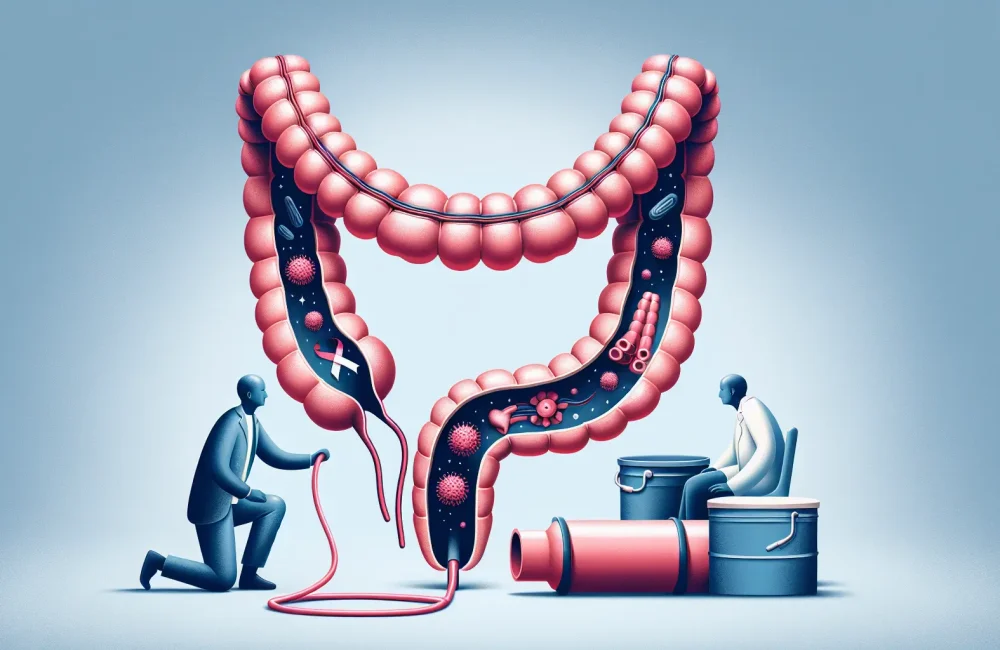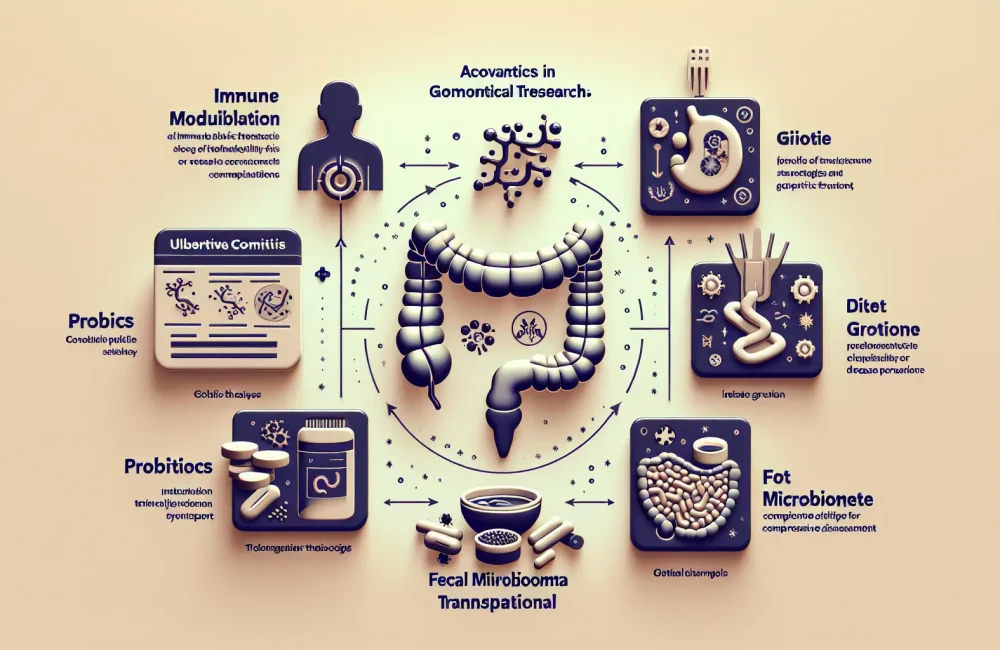By CAFMI AI From Gut
Stratified Surveillance and Detection Strategies
**Barrett’s Oesophagus: High-Risk Precancerous Condition and Surveillance Importance**
Barrett’s oesophagus is a critical precancerous condition, serving as a known precursor to oesophageal adenocarcinoma, a serious and increasingly common esophageal cancer. The rising incidence and significant morbidity associated with oesophageal adenocarcinoma emphasize the necessity for effective surveillance and timely intervention. The 2023 update from the National Institute for Health and Care Excellence (NICE) provides clinicians with clear, evidence-based recommendations specifically tailored to healthcare professionals managing patients with Barrett’s oesophagus and early-stage oesophageal adenocarcinoma. These recommendations focus on stratifying patients according to their individual risk factors, enabling optimized surveillance intervals and approaches that aim to detect dysplasia or early neoplastic changes promptly, potentially improving patient prognosis.
**Advanced Endoscopic Techniques and Histopathological Assessment Are Central**
NICE advocates for the use of advanced endoscopic techniques during surveillance to accurately detect areas of dysplasia within Barrett’s oesophagus. High-definition endoscopy combined with targeted biopsies enables clinicians to identify early neoplastic changes that demand closer monitoring or intervention. Histopathological assessment remains the cornerstone for diagnosing dysplasia and early cancer, guiding management decisions. The guidelines underscore that surveillance should not be uniform but tailored, balancing the frequency and intensity of examinations based on patient-specific risk profiles, such as the length of Barrett’s segment, degree of dysplasia, age, and comorbid conditions. Clinicians in primary and specialized care must appreciate these nuances to prioritize resources effectively, reduce unnecessary procedures, and enhance early detection, ultimately aiming to decrease the progression to invasive cancer.
Early Intervention in Stage I Oesophageal Adenocarcinoma
**Preference for Endoscopic Resection Over Surgery in Early Cancer**
For patients diagnosed with stage I oesophageal adenocarcinoma, the updated NICE guidance favors endoscopic resection as the initial treatment choice when certain criteria are met, rather than traditional surgical methods. Endoscopic resection is less invasive and associated with fewer complications and shorter recovery times compared to oesophagectomy. This approach aligns with the trend toward organ-preserving therapies in oncology and emphasizes patient quality of life. The criteria for eligibility typically include tumor size, depth of invasion limited to mucosa or superficial submucosa, and absence of lymphovascular invasion or nodal metastasis, all of which can be evaluated through advanced imaging and histopathology.
**Multidisciplinary Care and Informed Decision-Making are Essential**
Implementation of this guidance requires a multidisciplinary team approach involving gastroenterologists, pathologists, surgeons, radiologists, and oncologists. Collaboration ensures that each patient receives an individualized care plan blending best evidence with patient preferences. Shared decision-making is particularly important given trade-offs between intervention risks and the natural history of the disease. The guidance further highlights referral criteria to specialized centers where expertise and technology are available, ensuring that patients receive optimal care. Post-treatment surveillance and follow-up protocols are also detailed, emphasizing continued vigilance for recurrence or progression and the importance of counseling patients regarding lifestyle factors and symptom awareness.
Post-Treatment Surveillance and Patient Counseling
**Ongoing Monitoring to Detect Recurrence or Progression**
After initial treatment for Barrett’s oesophagus with dysplasia or stage I oesophageal adenocarcinoma, continued surveillance remains critical. NICE recommends individualized follow-up schedules that depend on the initial pathology and treatment response. Surveillance endoscopy with biopsies helps detect recurrences early and facilitates timely retreatment if necessary.
**Patient Education and Lifestyle Modification are Key Components**
The guidelines emphasize the importance of educating patients about symptom awareness, risk factors, and the potential need for lifestyle changes such as smoking cessation, weight management, and acid suppression therapy adherence. Empowering patients through counseling fosters engagement in long-term care plans and supports improved clinical outcomes. Multidisciplinary involvement including dietitians and nurse specialists enhances the holistic management approach advocated by NICE.
Read The Original Publication Here






